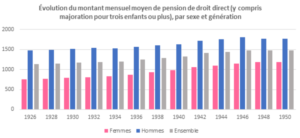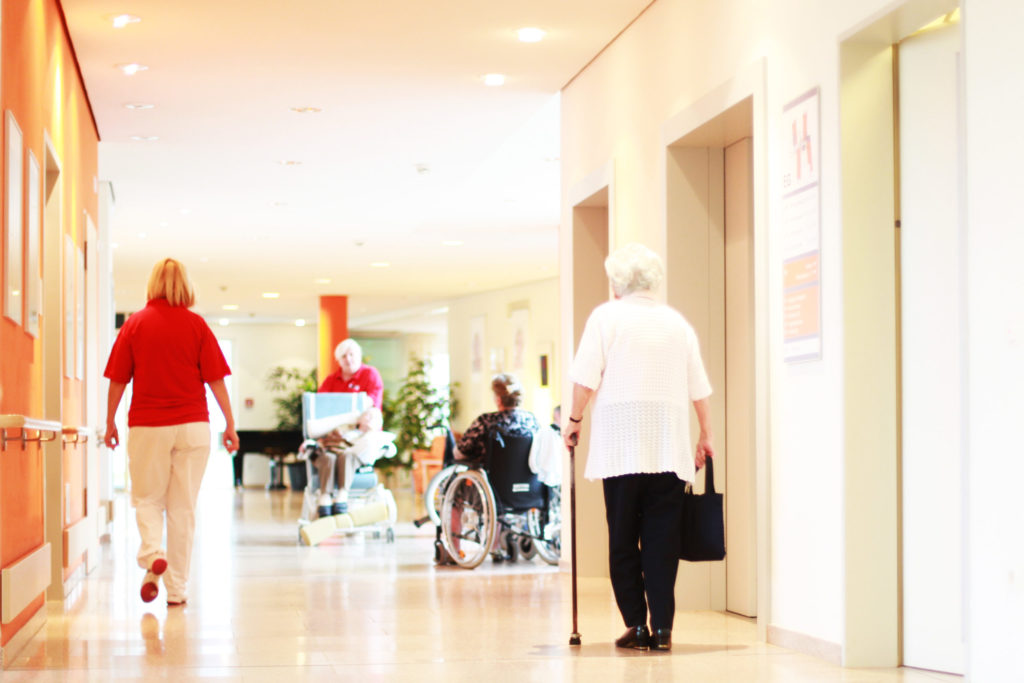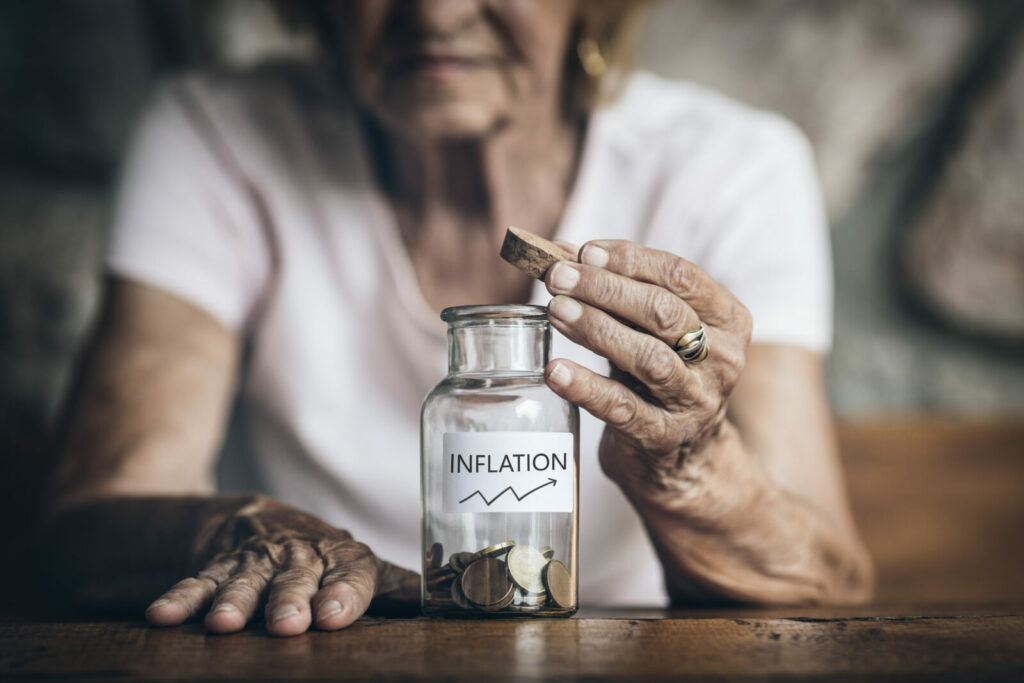We often hear in the media the words “retirement pension”, “retirement age”, “inequality between men and women”… but what is it really?
What is a retirement pension?
“A retirement pension is a social annuity benefit for older people” 1. It is composed of:
- the direct pension acquired in return for professional activity and therefore contributions paid (and validation of acquired quarters)
- the secondary pension, often called the reversionary pension, which may be received when one of the spouses dies
In addition, depending on the scheme and the individual situation, there may be a “bonus for three or more children”. This means that a person who has had three children will receive a 10% increase in their pension and that the pension will increase by 5% for each child beyond three.
In 2019, more women than men retired.
The generations that are retiring, those born in 1950, have experienced a much higher rate of female activity than previous generations. This explains why in 2019, according to the DREES report, 375,000 women versus 345,000 men settled a first direct pension entitlement under all schemes combined.
Retirement levels with a narrowing gap
Even though more and more women are retiring, the monthly amount of direct entitlement they receive is lower than that of men according to DREES data (see Figure 2). It can be seen, however, that pension amounts have increased significantly between the 1926 and 1946 generations, with men’s pensions increasing by 22% less than women’s pensions by 58%. This has resulted in a reduction in the gap in the average monthly pension between the two sexes. From a pension of -49% for women born in 1926, we have moved to a gap of -33% for those born in 1950.

The level of women’s pensions has increased and this is due to a combination of several factors:
- The level of education of women, which has risen sharply
- The share of women among managers, which has risen sharply. In 1982, they were 21% compared to 43% of managers in 20203.
- The activity rate of women, which has increased for generations born after the war
- The introduction of the AVPF (Assurance Vieillesse des Parents au Maison), which allows pension rights to be acquired for the education of children under certain conditions




